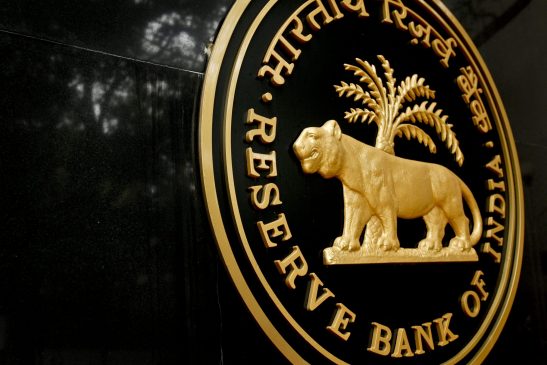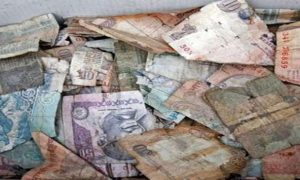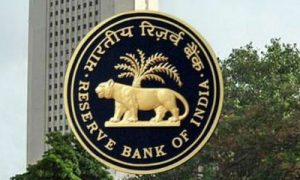Reserve Bank of India (RBI) Governor Shaktikanta Das on Friday announced the reduction of repo rate considerably to help the country’s financial system tide over the coronavirus disease pandemic.
“The Monetary Police voted to reduce repo rate by 75 basis points – to 4.4 per cent. The reverse repo-rate reduced by 90 basis points to four per cent,” Das said at a press conference in Mumbai.
“It will now be unproductive for the banks to park money with the RBI, they will have to give it to the people,” said Das.
“Tough times never last, only tough people and tough institutions do,” he added.
This comes a day after a relief package announced by the government to clear the economic mess due to coronavirus pandemic.
Finance Minister Nirmala Sitharaman on Thursday announced a Rs 1,70,000 crore package under a new scheme, the Pradhan Mantri Gareeb Kalyan Yojana (PMGKBY), to address the immediate economic distress in the wake of the lockdown prompted by the coronavirus disease (Covid-19) pandemic, and ensure food and cash reaches the marginalised segments of society.
Sitharaman, at a press conference in New Delhi, announced a series of measures which focused on additional food transfers at no cost, cash for vulnerable segments, concessions on government schemes aimed to help households reduce their expenditure, and support those on the frontline of the battle against the pandemic.
Sitharaman underlined that within 36 hours of the lockdown – Prime Minister Narendra Modi directed a national lockdown for three weeks on Tuesday night – the government had come up with measures to immediately take care of welfare concerns of the poor. She, however, did not address questions about the fiscal implications of the scheme, or announce measures for other sectors which have also got severely affected in the wake of the restrictions and the lockdown.
Sitharaman also outlined plans for medical insurance worth Rs 50 lakh per person for every front-line health worker, from doctors, nurses and paramedics to those involved in sanitary services.



































